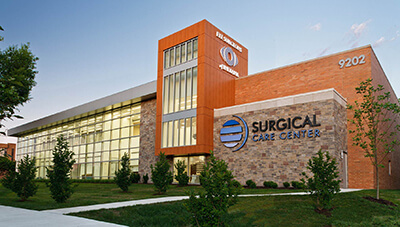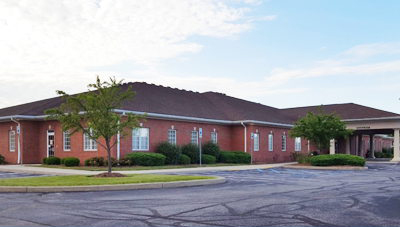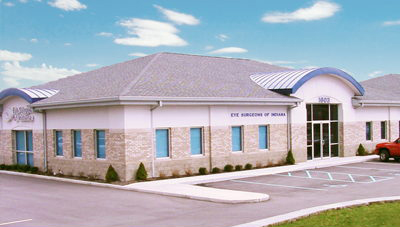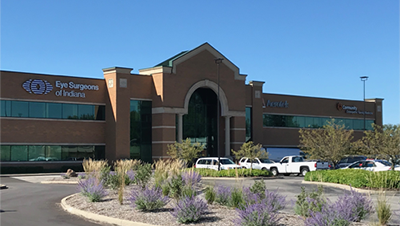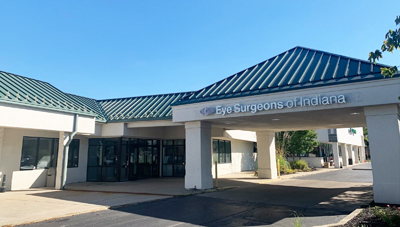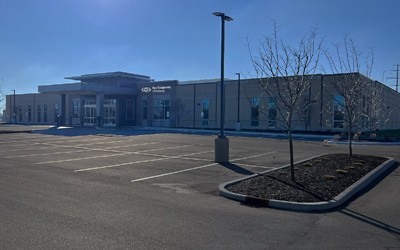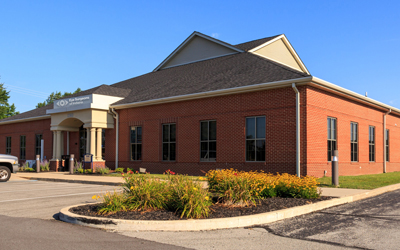Driving After Cataract Surgery
Posted by: Eye Surgeons of Indiana in Eye Health
When Can You Drive After Cataract Surgery?
According to a paper published on the US National Library of Medicine, 1.65 million people undergo cataract operations in the North American region every year. With a 98 percent success rate across the country, cataract surgery is not only among the most common surgeries that American patients undergo, it’s also among the most successful.
With this many people undergoing the surgery, it’s important that there is enough information out there to help patients understand it better. If you or someone you know is getting cataract surgery in Indiana soon, this article will help you answer one of the most common, but underrated questions – how soon can a patient drive after cataract surgery?
Brief Refresher on Cataract Surgeries
Cataracts are often considered a part of the aging process. As people grow older, the eyes’ lenses become clouded and less resilient. At 80 years old, a person is 50% likely to have cataracts. The changes to the eyesight are gradual and subtle. This often leaves cataracts undiagnosed and untreated until the changes have become highly noticeable.
Surgery is needed to replace the clouded lens with a clear, synthetic version. This used to require patients to be admitted to the hospital for several days and rest through a long recovery period afterwards. Now, it’s mostly an outpatient surgery using only local anesthetics. Within days, people are able to return to their usual lives.
Driving After Cataract Surgery
Since the surgery requires the use of anesthesia, driving home right after is out of the question. Instead, a friend or family member will have to take patients home. Taking a cab or uber home used to be an option but current regulations require eye care facilities to only release patients to a friend or relative after the surgery.
The day after the surgery, patients will have to come back to their surgeon. Their eyesight will then be evaluated to see whether the procedure has been a success and whether the patient can resume their normal day-to-day activities – this includes driving. The surgeon’s recommendation is important to make sure that it’s safe to take on these kinds of vision-dependent activities.
As a general rule, the minimum wait time before people are given the go-ahead to drive is at least 24 hours after the surgery.
After Surgery Tips
For a quicker and safer recovery, here are some tips to follow:
● Avoid putting pressure on the eyes. Avoid activities like heavy lifting or even bending over.
● Even if vision has improved immediately after surgery, patients should still take extra care when walking and moving around to avoid bumping into objects.
● Reduce infection risk by not swimming in pools or spending time in hot tubs.
● Protect the eyes from irritants like dirt, wind, pollen, and dust.
● Avoid rubbing the eyes.
For more information about cataract surgery and recovery, contact us today.

